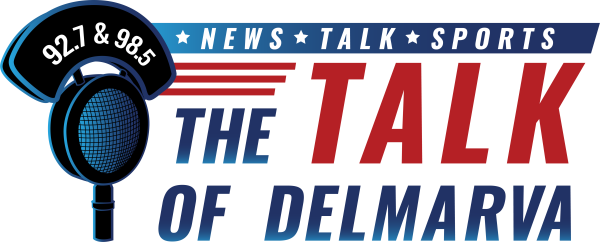Maryland Department of Natural Resources Strongly Disagrees with Virginia’s Decision to Reopen Long Closed Blue Crab Winter Dredge Fishery


Maryland Natural Resources officials are disagreeing with Virginia’s decision to reopen the blue crab winter dredge fishery near the mouth of the Chesapeake Bay. The Virginia blue crab dredge fishery has been closed for nearly 15 years and Virginia Marine Resources Commission voted 5 to 4 to repeal the prohibition Tuesday. Maryland Natural Resources Secretary Josh Kurtz says that data shows that female crabs are below target levels – and lower than last year’s abundance and that they see persistent below-average numbers of young crabs.
Additional information from the Maryland DNR release:
The Maryland Department of Natural Resources strongly disagrees with Virginia’s decision.
The Virginia blue crab dredge fishery has been closed for nearly 15 years as part of the overall cooperative management efforts with Maryland to ensure a sustainable blue crab fishery. A winter dredge fishery would target a population of majority female blue crabs at a critical stage in their life cycle before they spawn the next generation of crabs. According to the presentation given to the Commission by its staff, the winter dredge fishery was estimated to harvest 32% of the female crabs that are in the Bay at the start of the dredge season and up to 96% of the dredge fishery harvest is female.
The Virginia Commission planned to meet again later this year to vote on regulations that would govern the state’s blue crab dredge fishery.
The prevailing opinion of the scientific community engaged in Chesapeake Bay issues, including the Commission’s staff, recommended against this decision. Scientists cited an adult female population of blue crabs that has not hit desired target levels, in addition to concerns that it could negatively affect future spawns and the blue crab population as a whole. The Commission also received 186 public comments on the proposal, all of which opposed opening the winter dredge fishery.
The decision comes at a time when a stock assessment on the blue crabs of the Chesapeake Bay is underway. The significant effort will take into account decades of data on blue crabs to explore possible causes for low juvenile abundance and other challenges, as well as to determine new baselines for the management of blue crabs.
The Commission voted to open the winter fishery with no consideration of compensating for the additional harvest of female crabs through reductions in other parts of the fishery, meaning female harvest will increase. A management approach that limits the harvest of female crabs resulted in a recovery of the blue crab population after a decade of low abundance in the late 1990s and 2000s and has been the framework for blue crab management since.
In response to the decision, Maryland Department of Natural Resources Secretary Josh Kurtz issued the following statement:
“In Maryland we are committed to making management decisions based on data. The data show that female crabs are below target levels and lower than last year’s abundance. We also see persistent below-average numbers of young crabs. The success of the species’ recovery after a steep decline in the 2000s can be directly traced to Maryland and Virginia cooperatively managing blue crabs, especially females, based on science. Today’s action by Virginia breaks with this successful approach.
“The timing of the decision is also poor because we are working on a new comprehensive stock assessment to account for changing conditions including warmer waters due to climate change, expanding populations of invasive predators such as blue catfish, and other advances in our scientific understanding. The Virginia Commission’s unilateral decision will impact the species at a time when Marylanders are regularly sitting down to pick crabs with their friends and families. A decision of this magnitude should have only been made with the support of scientists, in close consultation with Maryland officials, and in response to a significant increase in the blue crab population. It’s a bad day if you care about blue crabs. We are reviewing our options to ensure the sustainability of the blue crab fishery.”

